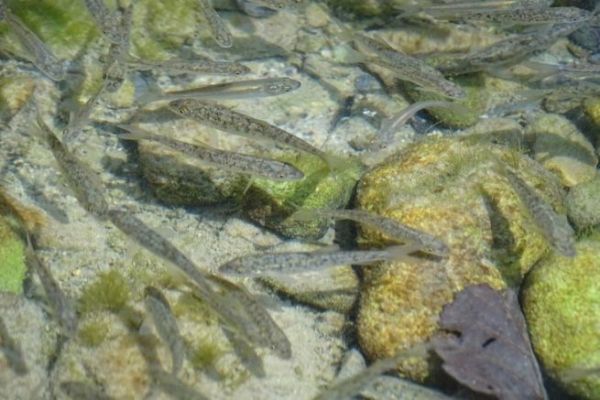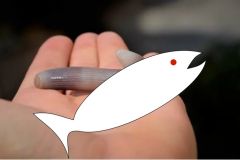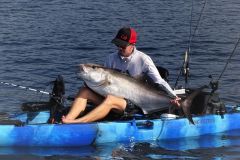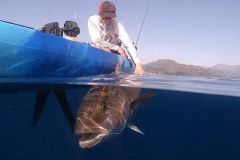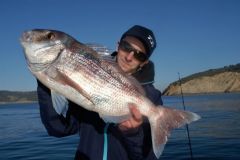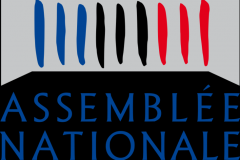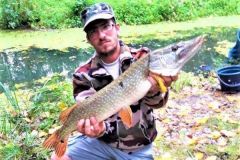Ban on live bait fish
The use of live bait fish is now banned to protect fish populations. The ban on live bait fishing, i.e. the use of live bait fish, is a recent measure designed to protect fish populations and promote fishing practices that are more respectful of animal welfare.
This ban is in line with a decision taken at federal level in 2001. The German-speaking cantons have already banned the practice for some time, creating a disparity between Switzerland's linguistic regions.
The main objective would be to protect fish populations by reducing fishing pressure and minimizing the risk of disease transfer between bait fish and local populations. Furthermore, live fishing is perceived as less ethical than the use of artificial lures, as it involves the capture and use of live fish as bait.
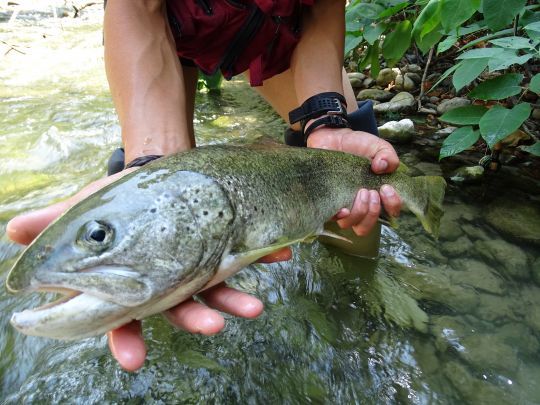
Reactions and outlook
Manuel Pompini, Cantonal Fishing Inspector, notes a generational and regional difference in the use of this method. Older anglers, particularly in French-speaking regions, are more attached to this traditional technique, while younger generations are more accustomed to artificial lures.
Some experienced anglers, such as Jean-Claude Piller, president of the Corbières fishing club, argue that live-fishing mimics the natural food chain and presents fewer pollution risks than casting with artificial lures. They fear that plastic or metal lures could break loose or get stuck in lake bottoms, causing environmental damage.

As a result, anglers will have to adapt to the use of artificial lures, which are considered more respectful of the environment and animal welfare.
The ban on live fishing in the canton's lakes, as well as in Lac de Neuchâtel and Lac Morat, reflects a desire to modernize and harmonize fishing practices with current environmental and ethical standards. Although some traditional fishermen may be reluctant, this measure aims to promote more respectful and sustainable fishing for future generations.
